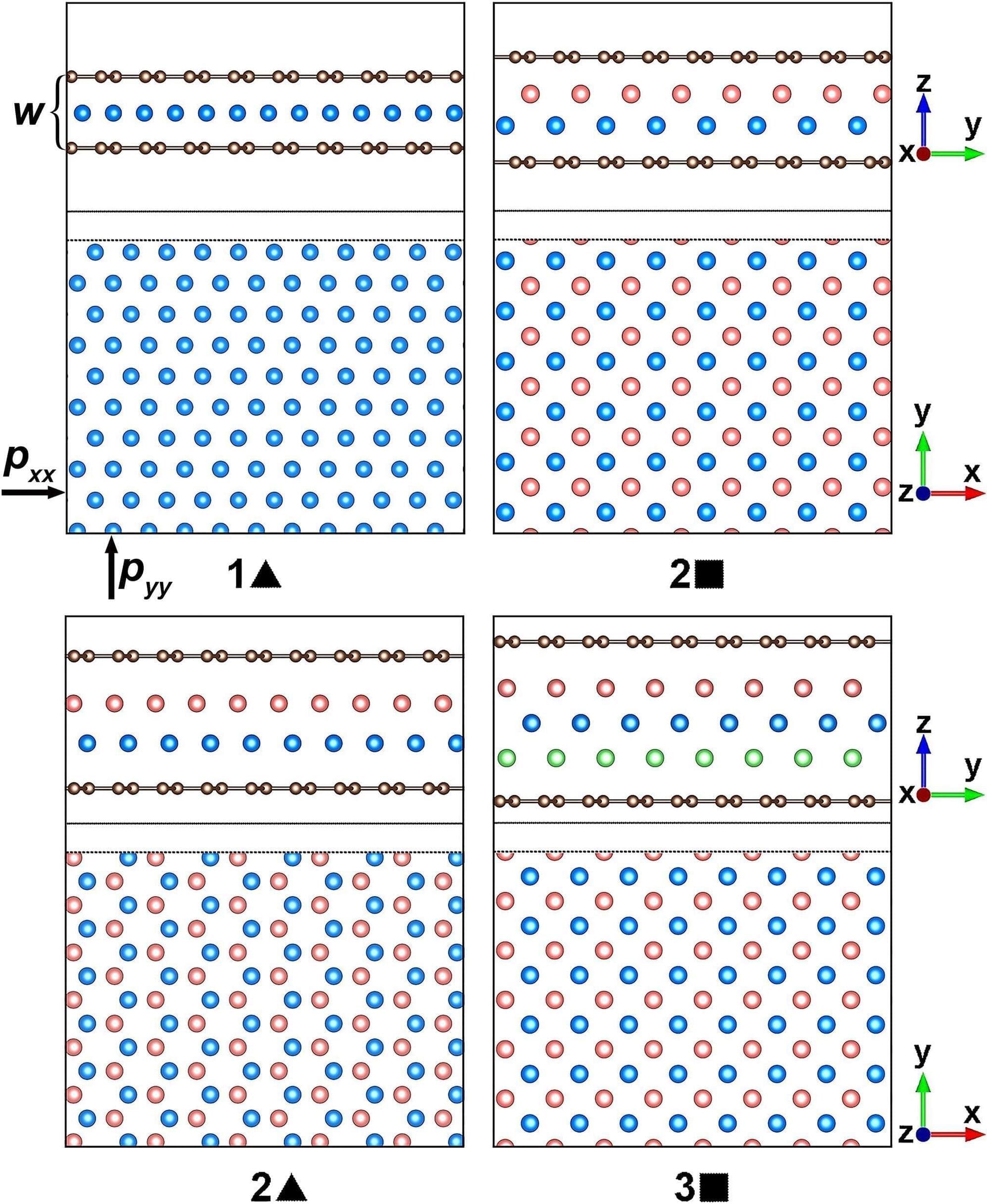In physics, a phase transition is a transformation of a substance from one form to another. They happen everywhere, from beneath the Earth’s crust to the cores of distant stars, but the classic example is water transitioning from liquid to gas by boiling.
Things get much more complex when physicists zoom in on the minuscule quantum realm or work with exotic matter. Understanding phase transitions rewards both increased knowledge of fundamental physics and future technological applications.
Now researchers have found out how thin layers of noble gases like helium and metals like aluminum melt in confined spaces by topological excitations. In the study, the layers were confined between two graphene sheets at high pressures.
